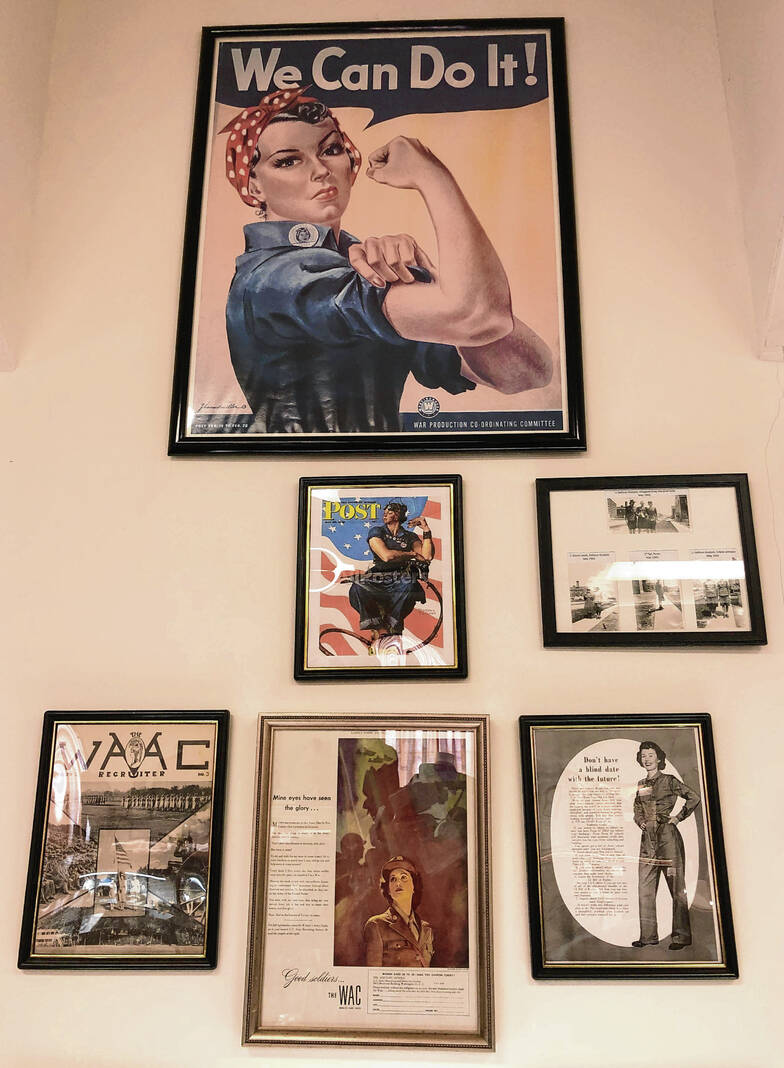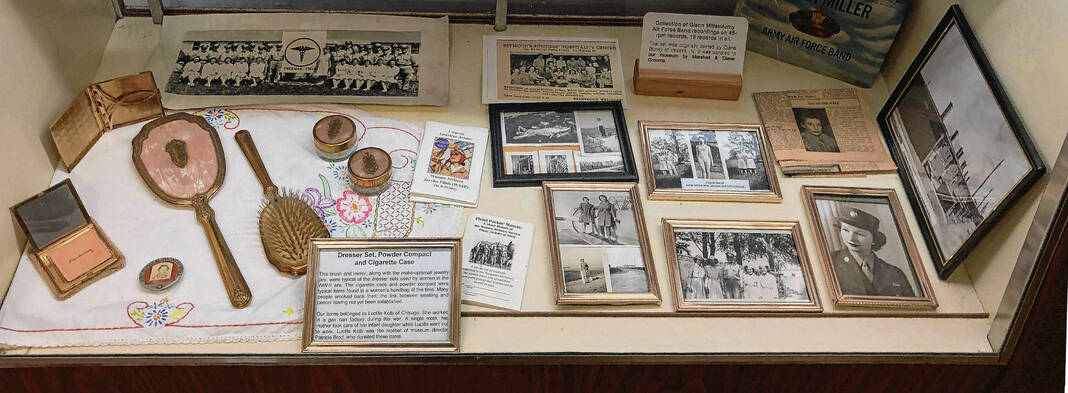Since 1995, each U.S. president has declared March to be Women’s History Month, setting the month aside to honor women’s contributions in American history.
According to womenshistory.org, Women’s History Month began as a local celebration in Santa Rosa, California. The education task force of the Sonoma County Commission on the Status of Women planned and executed a Women’s History Week celebration in 1978.
The organizers selected the week of March 8 to align with International Women’s Day, and the initiative spread nationwide as other communities formed their own Women’s History Week celebrations the following year.
In 1980, a consortium of women’s groups and historians — led by the National Women’s History Project, now known as the National Women’s History Alliance — successfully lobbied for national recognition. In February 1980, President Jimmy Carter issued the first presidential proclamation declaring the week of March 8, 1980, as National Women’s History Week.
The right to vote is a common topic of study in classrooms when examining women’s history, but there are many more issues and accomplishments to explore.
At the Freeman Army Airfield Museum in Seymour, there is a special section dedicated to women who served their community and their country in a variety of capacities.
Larry Bothe, curator of the museum, pointed out one exhibit displaying a switchboard that was used at the local hospital.
“It was the switchboard used at Freeman Field. Then they closed the base and it went to Schneck, and they used it to direct calls,” Bothe said. “Back then, it was called Schneck Memorial Hospital or something similar, and the photo above it is Zelda Seibert, the wife of one of the museum founders, Al Seibert, who passed away in 2015.”
The photo is of Zelda operating the switchboard at what is now known as Schneck Medical Center. The switchboard was housed in the basement of Seymour City Hall at one time along with the historic telephone display, Bothe said.
“Women’s memorabilia is really hard to get, and during World War II, women were in the service, but they weren’t allowed in combat then like they are now,” Bothe said. “They were expected to work and keep quiet pretty much, and they didn’t get a whole lot of respect, so nobody really saved anything, and so items are difficult to find.”
He said women played a big role in the war, so at the museum, they try to find ways to commemorate that.
“For years, Ted Jordan wanted to find a nurse’s uniform, and so my wife found one for sale $400 on eBay, and then she bought the mannequin to put it on,” Bothe said. “The mannequin wearing an original World War II nurse uniform was put on display while Ted was still alive, and he was thrilled.”
Jordan, one of the museum’s founders and a former manager of Freeman Municipal Airport, died Jan. 27, 2015.
A second mannequin represents one of the Gray Ladies, who were American Red Cross volunteers. They worked in American hospitals, other health care facilities and private homes, notably during World War I and World War II. They provided friendly, personal, nonmedical services to sick, injured or disabled patients, according to the University of Nebraska Medical Center.
“The Gray Lady dress came from out of the blue. After I got an email from a woman who said her husband’s grandmother was a Gray Lady, they had her dress and asked if we’d like to have it,” Bothe said. “It was showing its age and kind of falling apart, but my wife sews as a hobby, and she repaired it with some buttons and other fixings.”
He said the museum would like to obtain a third female mannequin, which they hope is a project for this year.
“We want to get another female mannequin and we want to dress the mannequin up in flight gear, and one of the groups is called Women Airforce Service Pilots,” Bothe said. “WASP was a civilian women pilots organization whose members were United States federal civil service employees. Members of WASP became trained pilots who tested aircraft, ferried aircraft and trained other pilots.”
He said there is a fairly new museum in Sweetwater, Texas, dedicated to WASPs. He tried calling last year to ask how to find uniforms, but they were expanding the building at that time and it was during the COVID-19 pandemic, and he hasn’t heard back from them yet.
“Then there was Rosie the Riveter, which came about during World War II and the government was always looking for ways to improve morale, raise money, get people to buy war bonds and get behind the war,” Bothe said. “So in 1943, a guy wrote a song called ‘Rosie the Riveter,’ which was a really popular song.”
He said at that time, Rosie the Riveter was not a real person. The song was written to honor women who were working in factories, building jeeps and airplanes and doing factory work.
“The government thought it was pretty cool and wanted to capitalize on it, so they went to the Willow Run bomber plant out by Detroit,” Bothe said. “They went to the plant manager and asked if they had a nice looking woman working there that they could take pictures of for a Rosie the Riveter campaign.”
Bothe said they found such a woman at the bomber plant, and she became Rosie the Riveter, which resulted in the famous poster. That’s also on display at the Seymour museum.
“I used to be a pilot examiner with the FFA and do the final test for people to get their pilot’s license, and the first person I ever conducted a flight test for in 2002 was Rosie the Riveter’s daughter,” Bothe said. “I didn’t get to meet her mom because she had already passed away.”
There is another display featuring photos and memorabilia belonging to Virginia Kerth.
“This woman didn’t have any rank, but looking at pages from her autograph book, she must’ve been the most outgoing person in the whole world, and I’d have loved to have met her. She passed away in the 1980s,” Bothe said.
The museum is located at 1035 A Ave. at Freeman Field and is open from 10 a.m. to 1 p.m. Saturdays except for Christmas and New Year’s weekends. Other than Saturday mornings, anyone interested in going through the museum can call 812-271-1821 and ask to arrange a tour. There is no charge to tour the museum, but donations are gratefully accepted.












